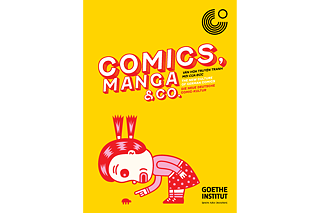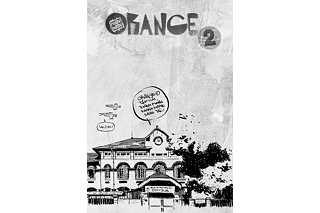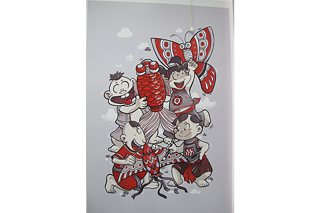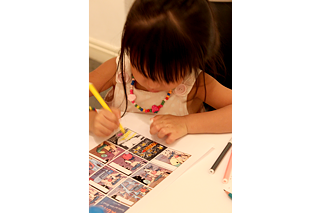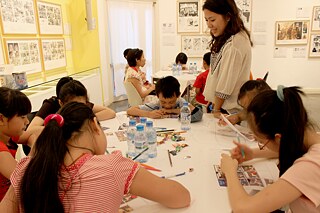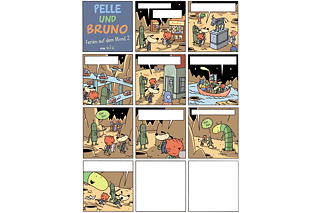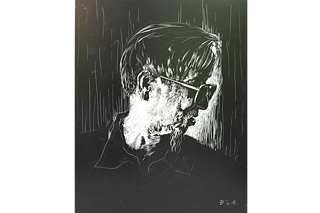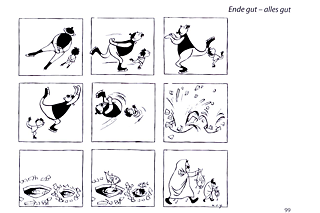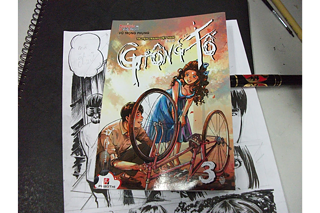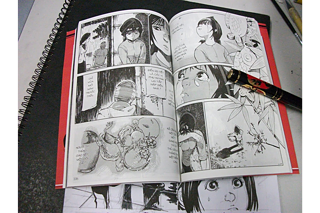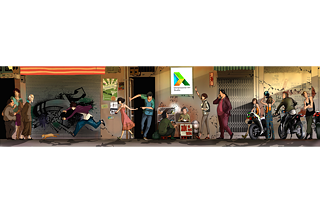2013
Comics, Manga & Co.
In 2013, the Goethe-Institut presented the colorful and multifaceted exhibition Comics, Manga & Co. - The New German Comic Culture, curated by Matthias Schneider. This exhibition was Goethe-Institut's attempt to pick up on recent developments in German literature since reunification (1990). The German comic -today rather described as a graphic novel - had returned to the German book market, primarily as a legacy of the aesthetic tradition of the GDR.
Since the 19th century, German artists achieved international fame in the history of this literary genre of pictorial history. Great classics of German humor are Wilhelm Busch (1832-1908) and E. O. Plauen, alias Erich Ohser (1903-1944), who created the comic strip series Father and Son from 1934 to 1937. The comic strip also served as a popular medium for social criticism. Drawn satire was found in weekly magazines such as Kladderadatsch (1848-1944) and Simplicissimus (1896 to 1944) as well as the East German Eulenspiegel (1954-1990).
The exhibition showed 53 drawings and books by Arne Bellstorf, Martin Tom Dieck, Anke Feuchtenberger, Flix, Jens Harder, Sascha Hommer, Line Hove, Ulf K., Reinhard Kleist, Isabel Kreitz, Mawil, Christina Plaka, and Henning Wagenbreth. For a lecture and workshops with students, the Goethe-Institut invited the illustrator Line Hoven (*1977) to Hanoi. Her workshop was about drawings etched into scratchboard (mezzotint technique). Contributing artists were Nguyen Thanh Phong, Ha Zug Hiep, Nguyen Ngoc Quan, Nguyen The Linh, Nguyen My An, Tạ Lan Hanh, Tran Thu Huong, Bui Dinh Thang, Bach Le, Phan Thanh Tri, Nguyen Quang Huy, Tong Tat Tue, Dao Quang Huy, and Pham Thu Thuy.
